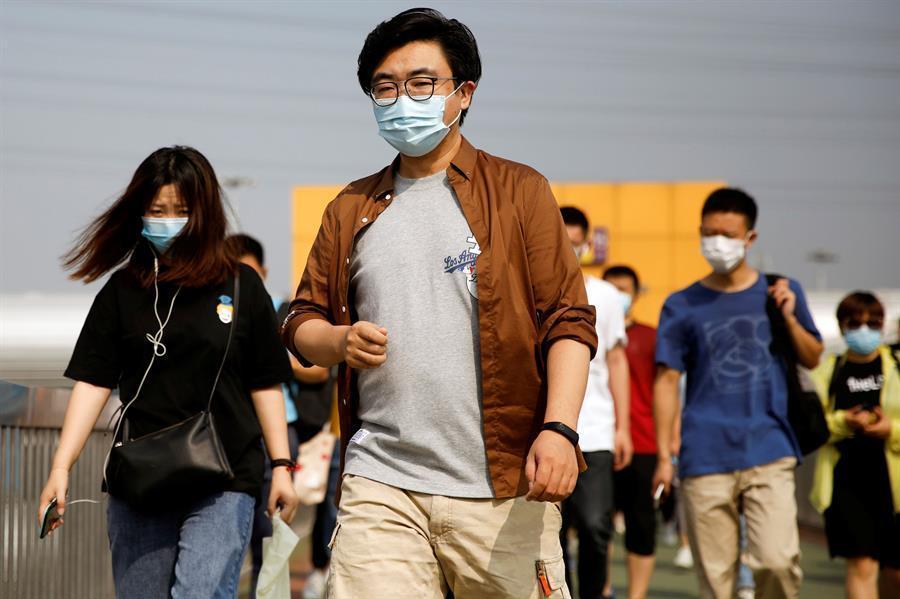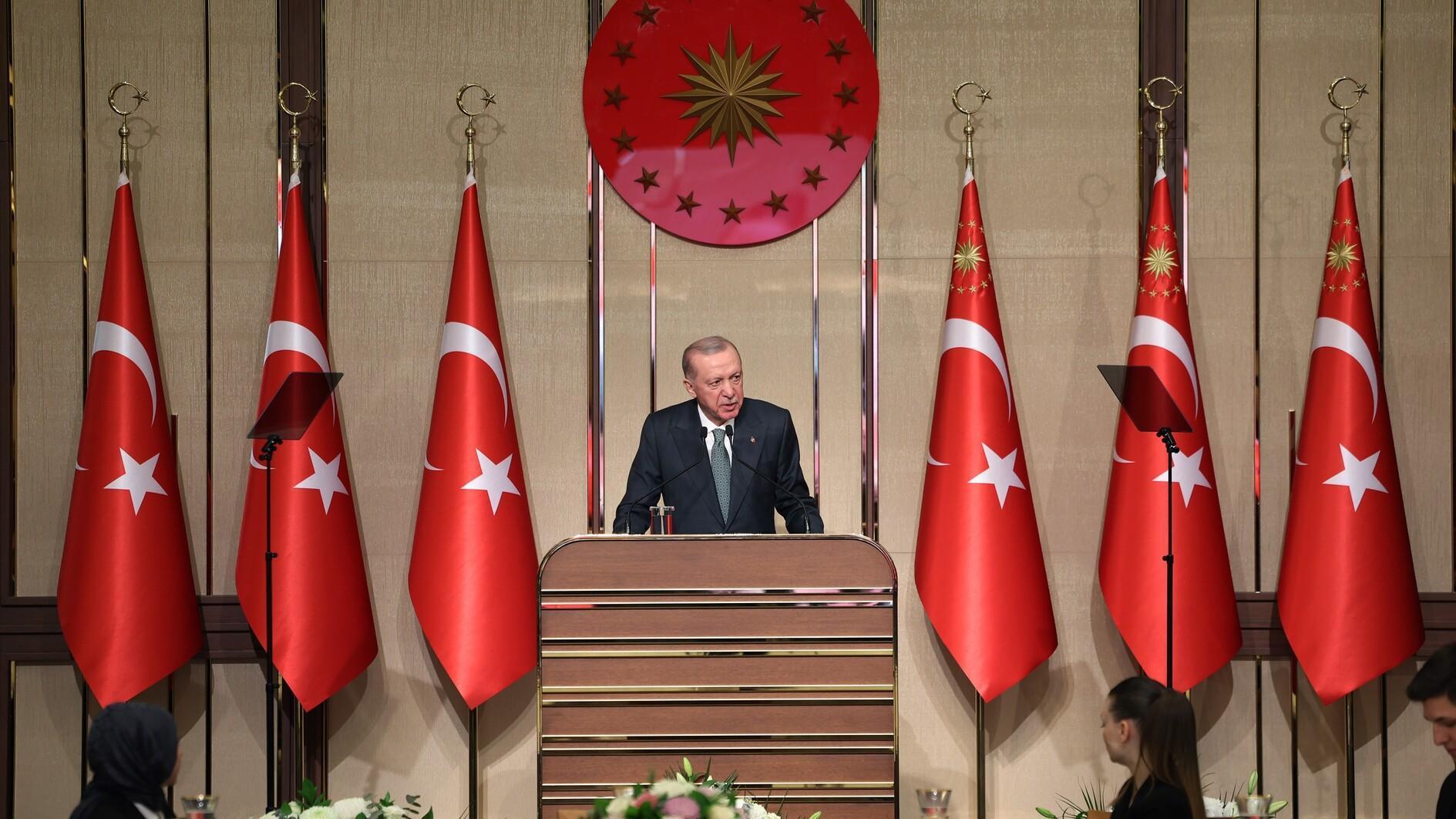China’s economy bounces back from pandemic contraction
BEIJING

China saw forecast-beating economic growth in the second quarter after a record contraction in the previous three months, as businesses cautiously returned to normality following strict lockdowns across the country.
The figures released Thursday follow a string of data showing the world’s number two economy slowly emerging from the outbreak, and should provide hope to other governments looking to get back on track from a crisis that has likely caused a global recession.
Gross domestic product expanded 3.2 percent in April-June, the National Bureau of Statistics said, smashing expectations and a massive improvement on the 6.8 percent contraction in the first quarter.
However, in a sign that full recovery could take time, retail sales - a key indication of consumer sentiment in the world’s second-largest economy - fell short of forecasts, shrinking 1.8 percent on-year in June.
That suggests people remain reticent about going out to spend even as the virus appears largely under control in China.
The data also failed to lift Asian markets, with shares in Shanghai and Hong Kong both down more than one percent at the break.
"No matter how much stimulus and fiscal sugar you try to entice consumers with, they will not leave their apartment and go on a spending spree until they feel confident the landscape is virus-free," said AxiCorp strategist Stephen Innes.
The retail sector has taken on an increasingly crucial role in China’s economy as leaders look for consumers, rather than trade and investment, to drive growth.
There is an even greater need for a pick-up in domestic consumption as China’s external demand weakens, but Innes noted it is easier to normalize supply than demand.
Louis Kuijs of Oxford Economics said household consumption remains the "weakest link" among indicators, although China’s economic upturn is expected to continue in the second half of 2020.
Economists warn of uncertainty ahead owing to an uneven recovery - growth in infrastructure investment has rebounded, but private fixed-asset investment and retail sales remained weak.
The coronavirus, which first emerged in the city of Wuhan late last year, has since shut businesses and destroyed millions of jobs globally, likely tipping the world economy into recession.
The growth reading, while beating the 1.3 percent growth tipped in an AFP poll of analysts, is still among China’s lowest quarterly growth rates on record.
The economy contracted 1.6 percent on-year in the first six months, the NBS said, while the urban unemployment rate dipped to 5.7 percent in June, from 5.9 percent a month earlier.
Unemployment is a closely watched marker, with nearly nine million graduates expected to enter an uncertain labor market this year and analysts saying the actual jobless rate is likely higher, especially when China’s huge floating population of migrant workers is taken into account.
Industrial production grew 4.8 percent in June, in line with expectations and up from 4.4 percent in May.
On Thursday, NBS spokeswoman Liu Aihua told a news conference that China’s economy "demonstrated a momentum of restorative growth and gradual recovery".
But with the pandemic still ravaging many of China’s key trading partners, national economic recovery was "still under pressure".
China is expected to be the only major economy to see growth in 2020, being the first hit by the virus and to bounce back.
Economists warn, however, that official Chinese economic figures should be taken with a grain of salt, with longstanding suspicions that growth data is massaged upward for political reasons by a ruling Communist Party that has based its legitimacy on delivering continued prosperity.
"Is it too good to be true?" ING chief economist for Greater China Iris Pang asked, telling AFP that more data was needed.
She also pointed to risks down the road including trade and tech tensions with other major economies, particularly the United States, as well as recent major flooding in parts of China.
















